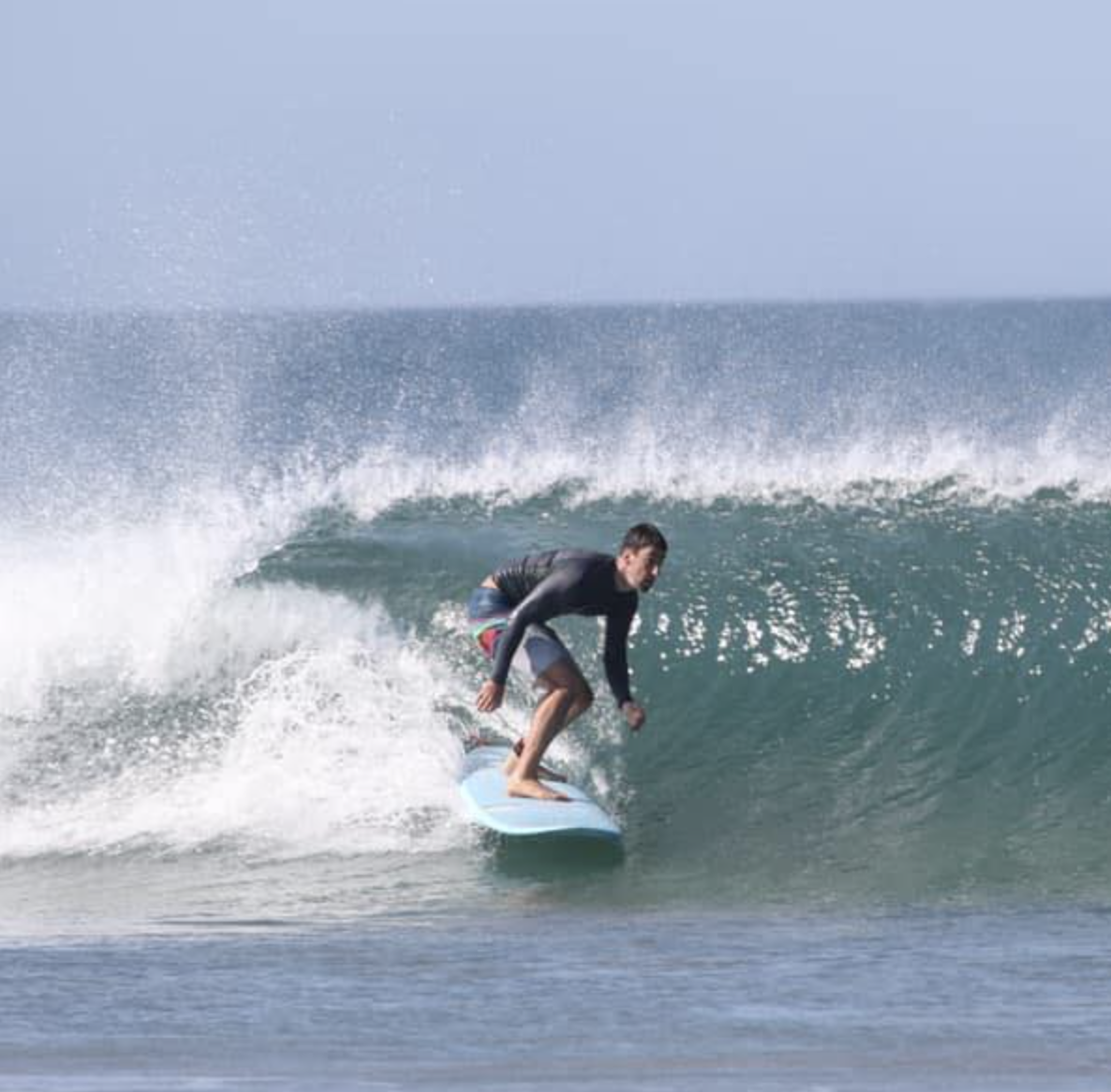The following represents a handful of insights on how to make the most out of the Surf Captain forecasts.
The Surf Captain forecasts are updated 4 times per day around the 6 and 12 hours. Sometimes with local storm events, you can notice big differences in the updates, as small shifts in the storm track can make big changes in the forecast. Generally speaking, the 1 to 3 day forecasts will be very accurate, the 4-7 day forecast will be somewhat reliable, and the dependability will decrease as you go from days 8 to 16. With distance storm swells that travel great distances, like from the South Pacific to the US West coast, these swells are generated 10+ days in advance, and the longer range forecast is more dependable and will change less with each forecast update.
The current weather conditions at the top of the forecast page show wind and wave data from nearby weather or buoy stations where available. Since, this data is an actual measurement and not a forecast, this will be a very good indication of what the winds and waves are doing right now. For the forecasted swell, it can be a good idea to see how the forecasted swell compares to any nearby buoys. For example, if the forecasted swell is greater than the nearby buoy, then you might conclude the forecast is an overestimate.
The forecasted surf height is generated using the top 2 swells for a given location. It’s always helpful to understand how any given surf break will respond to different types of swell directions, tides, and winds. In some cases, combo or mixed swells can be additive to the overall surf height, meaning the combination of the swells together creates bigger wave heights than the individual swell components.
The wind forecasts and surf conditions are compiled using multiple sources of weather model wind forecasts. As with surf heights, the surf conditions forecasts can change with each update. Again, this will especially be noticeable with storm systems near the coast. One of the hardest things to capture is the microscale land/sea breeze events that occur from temperature differences between land and sea. For example, on a hot summer day, it is quite common in many areas, for onshore sea breezes to occur when the land temperature heats up during the day. While Surf Captain does capture this phenomenon in many cases, this can be a source of error to keep in mind when looking at the forecast and noticing a big difference in temperatures from ocean to land.
Have a look at the FAQ page for some more tips on using the Surf Captain forecasts.

